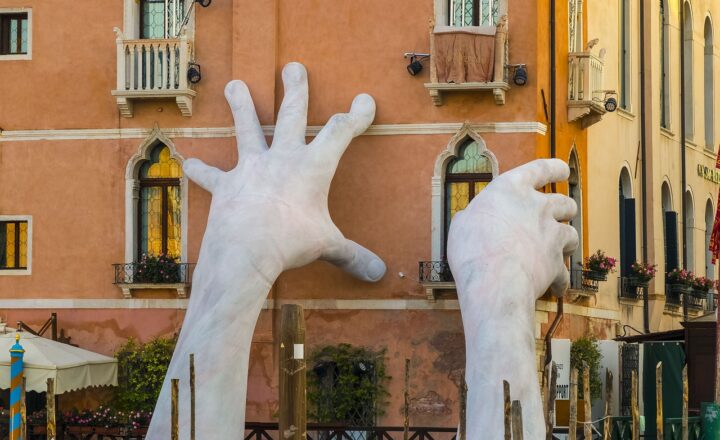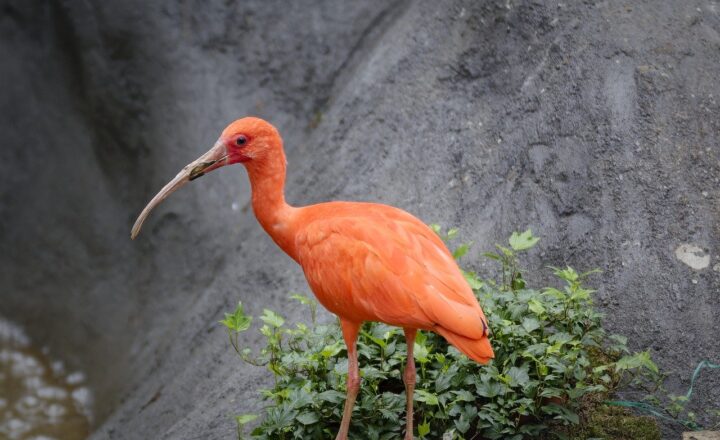Wildlife Wonders: The Most Bizarre Creatures You Didn’t Know Existed
November 19, 2024

The natural world is filled with astonishing diversity, but some creatures are so unique that they defy all imagination. While many of us are familiar with common animals like dogs or cats, there exists another tier of wildlife that is shrouded in mystery and intrigue. These bizarre creatures challenge our perceptions of what is normal in the animal kingdom.
In this article, we’ll explore some of the most bizarre and fascinating animals you may not have heard of. From peculiar body shapes to strange behaviors, these wildlife wonders are true marvels of evolution.
1. Axolotl: The Eternal Adolescent
The axolotl (Ambystoma mexicanum) is a neotenic salamander renowned for its unique ability to regenerate lost body parts, including limbs and even sections of the heart and brain. These incredible amphibians remain in their juvenile form throughout their lives, retaining their external gills even as adults.
Found primarily in the lakes of Xochimilco, near Mexico City, axolotls display a variety of colors, from white and pink (leucistic) to copper, and black. Sadly, they have become critically endangered due to habitat loss and pollution. Scientists study axolotls to uncover secrets of regeneration that could one day be applied to human medicine.
2. Blobfish: The Ocean’s Sad Sack
The blobfish (Psychrolutes marcidus) has gained a notorious reputation as the world’s ugliest animal. Its gelatinous body, which has the consistency of jelly, allows it to survive in deep ocean environments where pressure is immense.
Blobfish dwell at depths of around 1,200 meters off the coasts of Australia and New Zealand. Its physical appearance, which may look sad or squishy when brought to the surface, is an adaptation to the high-pressure depths where it lives. Due to their unique physiology, they do not fare well when brought above water, making them rare to see lively.
3. Naked Mole Rat: The Hairless Survivor
The naked mole rat (Heterocephalus glaber) is a fascinating and unusual mammal found in the underground burrows of East Africa. Known for their hairless bodies and wrinkled skin, these rodents have remarkable adaptations.
Naked mole rats can live for decades and show an intriguing resistance to cancer. They are social creatures, living in colonies led by a queen. As they navigate their underground homes, they can survive without oxygen, and their adaptations to their subterranean lifestyle include a unique way of storing fat.
4. Pika: The Alpine Cutie
Closely related to rabbits, the pika (Ochotona) is a small mammal found in mountain ranges across North America and Asia. Characterized by their round ears and short limbs, these adorable creatures live in rocky, alpine regions and are typically found at high altitudes.
Pikas are known for their unique behavior of collecting and storing grasses, flowers, and other plants in their burrow as food for the winter months. Their adorable squeaks and incessant foraging make them a favorite among wildlife enthusiasts. However, climate change threatens their habitat, leading to declining populations.
5. Red-Lipped Batfish: The Marine Oddball
The red-lipped batfish (Ogcocephalis porrectus) is a fish species found in the waters around the Galapagos Islands. Known for its striking red lips and unusual method of locomotion, the batfish does not swim like other fish. Instead, it uses its pectoral fins to “walk” along the ocean floor in search of prey.
This peculiar fish displays an impressive level of adaptation, demonstrating a unique way of life in its environment. Its vibrant coloration, resembling a clownfish, makes it an eye-catching find for divers and marine biologists alike. The red-lipped batfish is a true representation of diversity in the aquatic world.
6. Aye-Aye: The Madagascar Mystery
Native to Madagascar, the aye-aye (Daubentonia madagascarensis) is a type of lemur with an intriguing appearance. With large eyes, unusual elongated fingers, and a bushy tail, this nocturnal creature is often misunderstood.
The aye-aye uses its long middle finger to tap on tree trunks and locate hollow spaces where grubs may hide. Once detected, it digs through the wood to extract its dinner—a method known as percussive foraging. Despite its unique skills, it is often considered an omen of bad luck in local folklore, leading to its endangerment.
7. Pygmy Marmoset: The Tiny Titan
The pygmy marmoset (Cebuella pygmaea) is the smallest monkey in the world, weighing less than 4 ounces and measuring approximately 5 inches in length, excluding its tail. Found in the rainforests of South America, these tiny primates live in family groups and are adept climbers.
Pygmy marmosets feed primarily on insects and tree sap, using their elongated incisors to tap into tree bark. Their small size allows them to avoid many predators; however, habitat loss poses a significant risk to their populations.
8. Fossa: The Madagascar Carnivore
The fossa (Cryptoprocta ferox) is a large carnivorous mammal native to Madagascar, resembling a mix between a cat and a mongoose. It is the island’s largest predator, with powerful limbs and a long tail that aids in balance as it leaps through the trees.
Fossas are known to prey on lemurs, making them unique in their ecological niche. Conservation efforts are crucial, as habitat destruction threatens their existence. Their rarity and enigmatic behavior make them an essential subject for wildlife enthusiasts and conservationists.
Conclusion: The Wonders of Nature
The world is undoubtedly full of incredible and bizarre creatures that remind us of the astonishing diversity of life on our planet. From the axolotl’s unique regeneration to the blobfish’s peculiar form, each animal showcases the marvels of evolution and adaptation. We must appreciate and protect these incredible species to preserve the natural wonders that continue to inspire and delight us.
Explore the wonders of wildlife, and perhaps share your discoveries with friends or family. The more we understand these unique creatures, the more we become advocates for their preservation and the ecosystems they inhabit.






